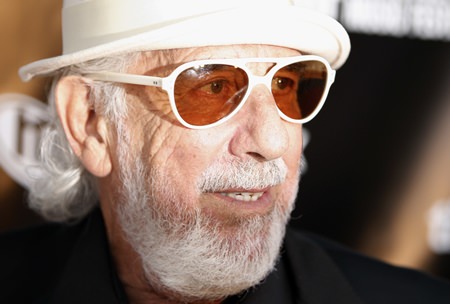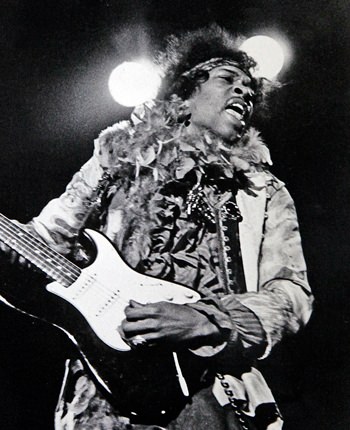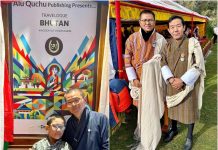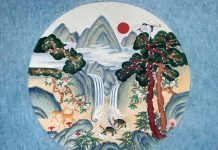
Los Angeles (AP) – Before Burning Man and Bonnaroo, Coachella and Lollapalooza, Glastonbury and Governors Island, there was Monterey Pop.
Fifty years ago, the three-day concert south of San Francisco became the centerpiece of the “Summer of Love” and paved the way for today’s popular festivals. The Monterey International Pop Festival created the template for giving emerging artists exposure alongside blockbuster bands while showcasing different genres of music in outdoor settings.
John Phillips of The Mamas & the Papas came up with the idea for three days of music with proceeds going to charitable causes. He brought in Grammy-winning record producer Lou Adler, promoter Alan Pariser and publicist Derek Taylor, who worked with the Beatles.
The festival was planned in just seven weeks with the goal of validating rock music as an art form in the same way that jazz and folk were regarded in 1967.
“The focus was the music and how to present it in the best possible way,” Adler said recently at the Grammy Museum in Los Angeles. “The byproduct of that was the feeling that took place in Monterey — love and flowers.”
Organizers sought out the best musicians, sound and lighting systems and food “lift the level of what rock ‘n’ roll should be,” Adler said.
They signed on Jefferson Airplane, The Who, the Grateful Dead, the Jimi Hendrix Experience, Simon & Garfunkel, Big Brother and the Holding Company featuring Janis Joplin, Otis Redding, Ravi Shankar, and The Mamas & the Papas.
“We sort of had our pick,” Adler recalled, noting no one booked acts that far out at the time.
It was Shankar’s introduction to an American audience, and the Indian sitar player was the only one who got paid, Adler said. He received $3,000, while the others had their flights and hotels comped.

“Everybody just wanted to play, and that’s why they signed on,” Adler said.
Adler’s favorite performance was by soul singer Otis Redding, who died six months later in a plane crash.
Redding was backed by Booker T. and the MGs. Bandleader Booker T. Jones was 22 and “an innocent guy” at the time, he recalled. Jones and his band were escorted to the show by the Hells Angels motorcycle gang. “I remember the music impressing me,” he said. “We’d only been doing R&B. I learned to love rock ‘n’ roll during that time.”
Backstage, the era’s peace and love vibe didn’t extend to Hendrix and Pete Townshend of The Who. Both were known for destroying guitars and amplifiers.
Adler recalled that neither wanted the other to perform first, so Phillips flipped a coin. The Who won.
“Hendrix jumped up on a table and said, ‘OK, you little (expletive),” Adler recalled. “‘No matter what you do, I’ll do something that burns you.’”
Aware that The Who planned an explosive finale, Hendrix capped his set with a version of “Wild Thing,” kneeling over his guitar and setting it on fire before smashing it repeatedly and tossing the remains into the crowd.
Not all the biggest names of the day played Monterey. The list of cancellations and no shows was equally impressive, including the Rolling Stones (Mick Jagger and Keith Richards couldn’t get work visas because of drug arrests), the Beatles, the Beach Boys, the Kinks and Bob Dylan.
Fifty years later, Adler is in the Rock & Roll Hall of Fame, having worked with some of music’s biggest names. Today, the white-haired, beret-wearing 83-year-old is best known as Jack Nicholson’s seatmate at Los Angeles Lakers games.
He regularly attends Coachella in the Southern California desert, still imbued with the easygoing spirit of Monterey.
“I couldn’t have asked for more,” Adler said. “We’re still talking about it.”




